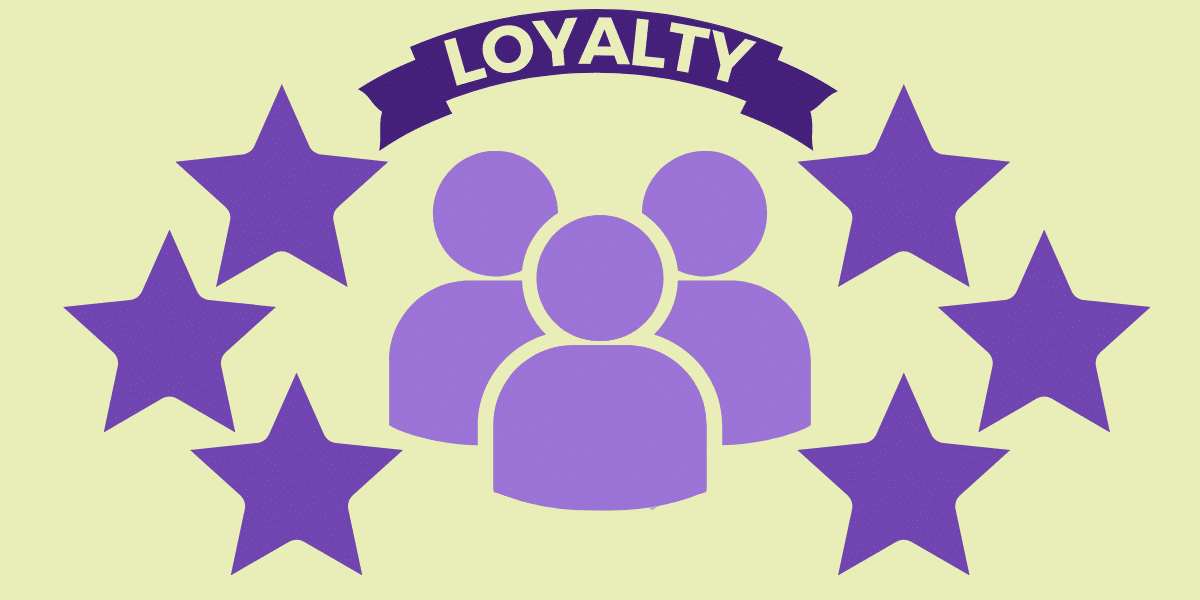Conquering the Marketing Funnel: Loyalty Stage
We came, we saw, we converted! Done, right? Not quite yet! A conversion is more than one-and-done. It’s important to see every new customer as an opportunity to develop a lasting relationship that will positively impact your bottom line, to conquer that marketing funnel. With proper acknowledgment and marketing strategy, you can cultivate loyalty and repeat purchases.
Why Loyal Customers Are a Worthy Investment?
It’s widely understood that retaining a customer’s business is a cheaper approach to conversion than trying to restart the marketing funnel with new customers. Think of it like maintaining a friendship versus making new friends. It takes time and resources to get someone’s attention (awareness), then convince them to like you (consideration) and work towards friendship (conversion).
Instead, utilize your connections and the data you collect from their interactions with your business. Not only will this help you save money, a 5% increase in customer retention can contribute to a 25-95% increase in profits. The question is, how do you use marketing to acquire and maintain customer loyalty?
Ways to Market to Loyal Customer
1. Rewards & Special Offers
Loyalty programs are a classic and effective way to incentivize repeated purchases. This often takes the form of stamp cards, point systems, or exclusive offers. One example is Mcdonald’s On-Cup McCafe Rewards card. Customers who collected seven stickers from their hot beverage purchase earned a free hot drink. This is a simple way to motivate people to get their daily coffee from McCafe. The on-cup cards are now available using the McDonald’s app, which gives customers a convenient way to get rewarded for their purchases.
Starbucks is another well-executed coffee rewards system that uses stars as a reward currency. With one star earned per dollar spent, or two stars earned per dollar when paid using the Starbucks app, customers can work towards various free items based on redemption levels. They also offer a variety of opportunities to earn extra stars with limited-time challenges. For example, buying an iced latte three days in a row will earn you 50 stars. The success of these programs is rooted in the incentive for customers to choose their brand over the competition.
Another strategy is to use special offers to re-engage with your customers and encourage repeat business. One example is Sephora, who offers a free sample-sized birthday gift for reward members (aka “Beauty Insiders”) during their birth month. Customers will make a point to stop in-store and might make additional purchases while they are there. Other offers to bring customers back in-store may come as a “Hey, remember us?!” type of promotion. You can encourage re-engagement with free shipping or delivery on their next order, similar to the offers you would give someone stuck in the consideration stage.
2. Recommendations & Encouragement
Once a customer has converted once, a sense of trust will likely develop between the consumer and your brand. Build on this trust by providing a positive experience, excellent customer service and quick conflict resolution. While the first transaction influences repeat purchases, additional opportunities stem from loyalty.
Existing customers are 50% more likely to try new products compared to new customers. Use this opportunity to push products or services to repeat customers as an “If you like that, you’ll love this” type of promotional email. Circling back to the Sephora example, the ‘birthday gift’ allows customers to sample new products, which helps with customer retention. Often companies are left to guess which products customers at the top of the marketing funnel will like. Loyal customers take the guesswork out of it, and allow you to determine other products or services they’d be interested in based on their purchase history. This data collection further proves the benefit of tending to loyal customers.
3. Community & Exclusivity
Sometimes purchasing from a brand feels like entering an exclusive club or community, which can make a brand alluring. Having a sense of belonging associated with your company is good for business. The most recent example is the release of the Barbie movie. Loyalty to the Barbie brand drew adults in with the nostalgia of playing with the doll as kids. The target audience gathered by the hundreds dressed in pink to watch the movie, fuelled by user-generated content. The marketing team did an outstanding job creating a community around the movie, with many brands capitalizing on its success.
This is similar to a decades-old practice of retaining loyalty in professional sports. Teams spend many marketing dollars creating fan experiences that will keep people returning season after season. From merchandise and play-by-play analysis to in-stadium atmosphere, the sports industry has mastered the creation of community. For fans (especially of the Toronto Maple Leafs), it doesn’t matter how the team performs because fans continue to support their team. They cheer, stress, and triumph with an organization they have no connection to besides brand loyalty. These are great examples of how creating a community around your brand can foster repeat transactions.
While this may sound fairly simple, marketing to loyal customers and retaining their business is complex and calculated. What is best for your business regarding brand loyalty is based on your customers or clientele. Reaping the benefits of loyalty is a worthy investment.
Our team of expert marketers is ready to support your brand at every level of the marketing funnel.




